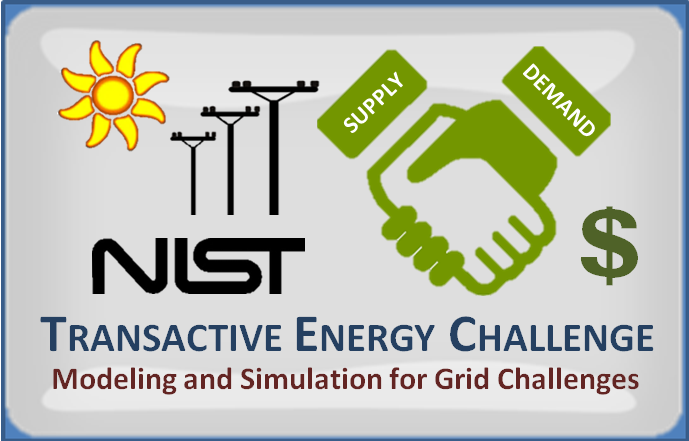
In the coming years, the growth of distributed energy resources (DERs) – or smaller power sources that can be aggregated to meet regular demand – will reshape energy markets around the country. It’s a revolution already off to dramatic starts in states such as California, Hawaii, and New York.
With DER momentum clearly underway, transactive energy may be the next logical evolution for the energy marketplace. Transactive energy is a system to process value exchanges – in an economic context, this is the supply and demand of energy and related services among participating parties. With transactive energy, the market moves toward a highly distributed, advanced communications and data-driven electric grid with the prosumer (i.e., the customer who both consumes and produces energy) at its centerpiece.
Run as a market, transactive energy will likely have market operating rules and some authority to manage the marketplace. And since we ignore the law of physics at our peril, control engineering will also need to be in place to maintain grid balance and stability. As a function of the energy system, transactive energy would also be tied to an architecture best understood as a linkage of structures and functions. Transactive energy is thus a combination of economic and architectural constructs.
Transactive energy & grid modernization

Modernizing the grid is key to enabling a transactive energy market, and incorporating “grid-edge” devices is one part of doing that. These intelligent devices, which operate from a distribution level, or below the sub-station level, change the information flow to a two-way system of communication between the owners of distributed energy and local distributed energy resources to an entity such as a distribution system operator (DSO) for management purposes.
DERs such as distributed solar PV, energy storage, demand response, and combinations of advanced controllers and sensors technologies can change the traditional electric grid supply and demand paradigm. DERs can create a new value proposition for the engaged participating prosumer using smart devices such as advanced water heaters, electric vehicles with battery storage, and grid connected devices in their home. Another key to advancing a robust transactive market will be setting appropriate price signals to consumers/prosumers and these grid-edge devices.
Over the past two years a diverse team of economists, electric energy industry experts, new energy business entrepreneurs, academics and researchers (including this author) have been working together on a project called the Transactive Energy Challenge, exploring numerous dimensions of what policy and economic business models are needed to ease the transition for this energy sector evolution. This team, working under the auspices of the U.S. Department of Commerce, National Institute for Standards and Technology (NIST), authored several reports to assist policymakers in making the transition to this new energy market, all of which are available here.
Like any evolutionary change in society, the transactive energy world presents both barriers and opportunities. The thing to keep in mind is the energy system is already on this path to evolutionary change. Today it is impossible to predict how fast change will occur, or if the new energy system will look the same in every state. But you need only look around the country and the world to see that variations of transactive energy are already taking place.

